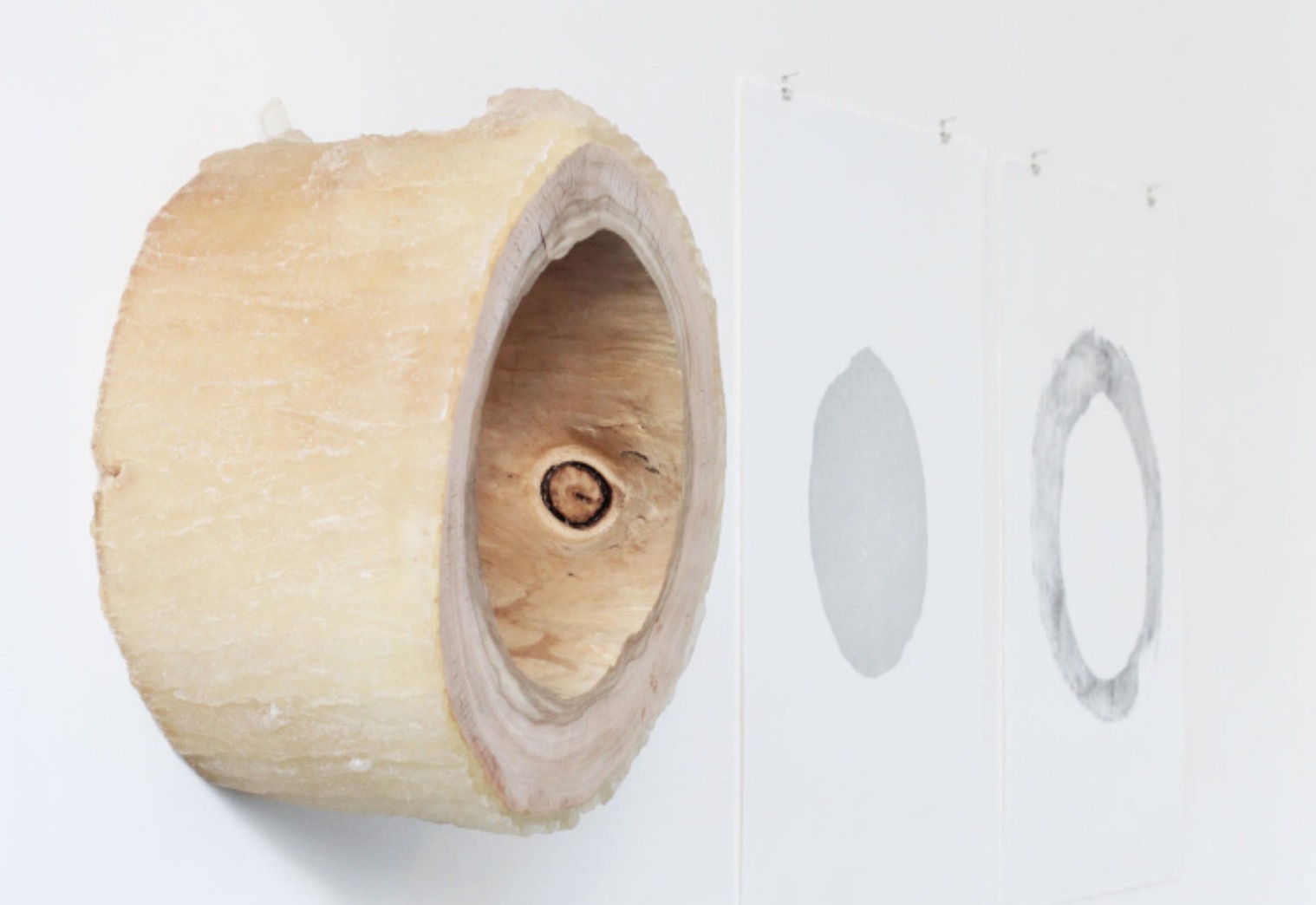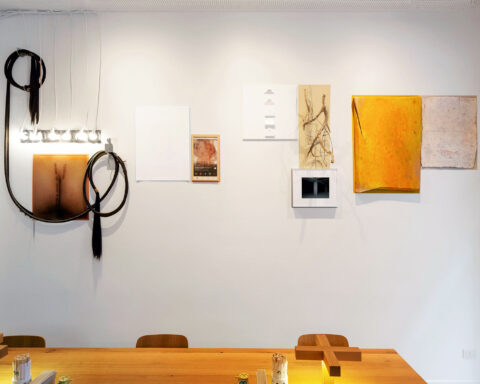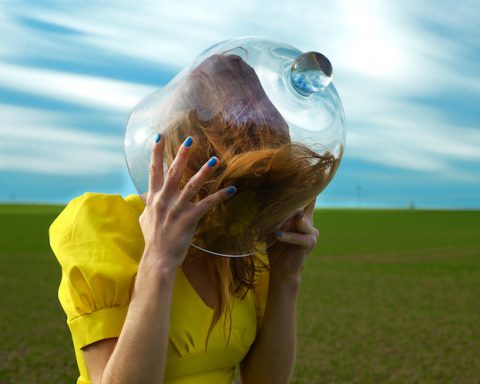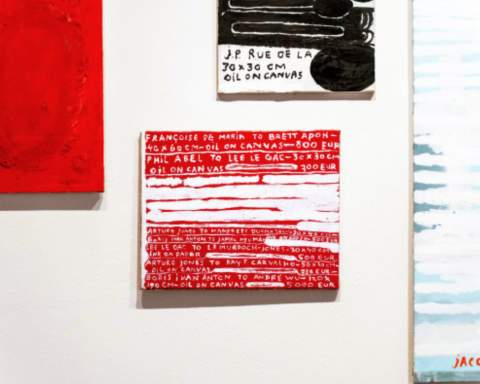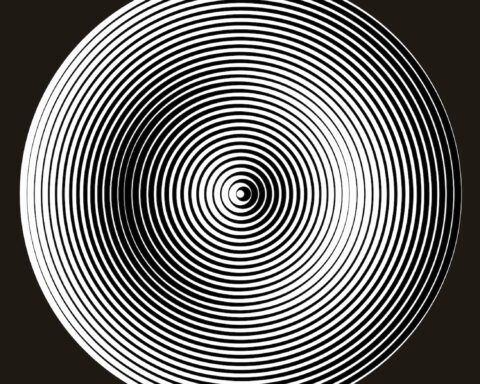Paolo Puddu was born in Naples, Italy (1986) where he currently lives and works. He studied visual arts at the Academy of Fine Arts in Naples receiving the Master in sculpture (2012). In 2012 he studied at the “Akademie der Bildenden Kunste” in Munich (Germany). In the same year – at the 5° National Competition – he was the recipient of a scholarship for artistic research and he took part at workshop/residency in Fondazione Furla, Bologna (Italy).
Recent Exhibition of his work includes a solo show at the Bartoli-Felter Foundation in Cagliari (Italy) and numerous group exhibitions: Imago Mundi collection for L.Benetton (Italy), Space Casabianca in Bologna (Italy), n.i.na at PAN museum of Naples (Italy), A01_24 at the “Akademie der Bildenden Kunste” in Munich
(Germany). His practice spans sculpture, video, installation and photography. Currently he is involved in art teaching.

Francesca Pirillo: Could you give us a brief account of your background? How important has your environment been in shaping your work?
Paolo Puddu: I remember trips from Naples (the city where I was born) to Sardinia (my family’s homeland, a wonderful isle in the middle of the Mediterranean Sea): my background is made of these travels through the sea, is linked to silent landscapes, made of spaces where Time is a lie and of questions about identity.
Since ancient times the Mediterranean basin has been a place capable of linking very different cultures and it still weaves together knowledge and traditions.
These are the elements which made up my education and sceneries I create.
F.P.: Who or what is your biggest influence or inspiration right now?
P.P.: Nature has always been a source of inspiration for me. I am fascinated by the synergy between Chaos and Cosmos, where every single element contributes to the creation of a collective drawing.
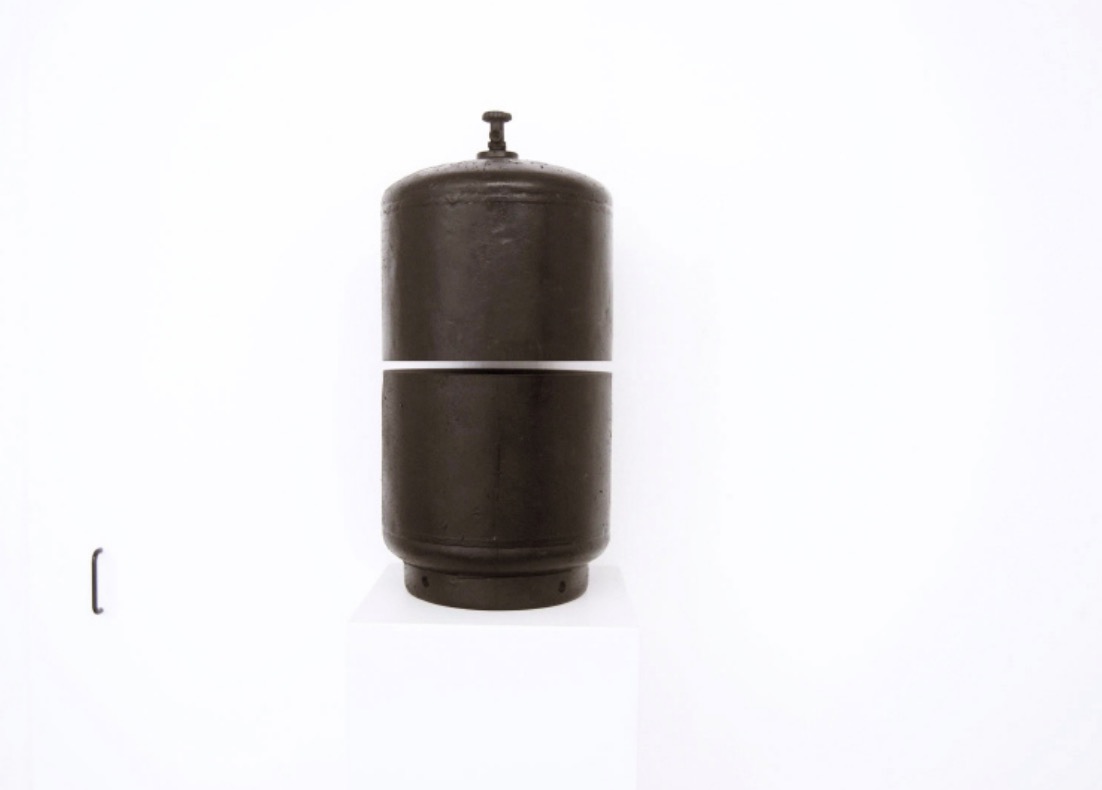
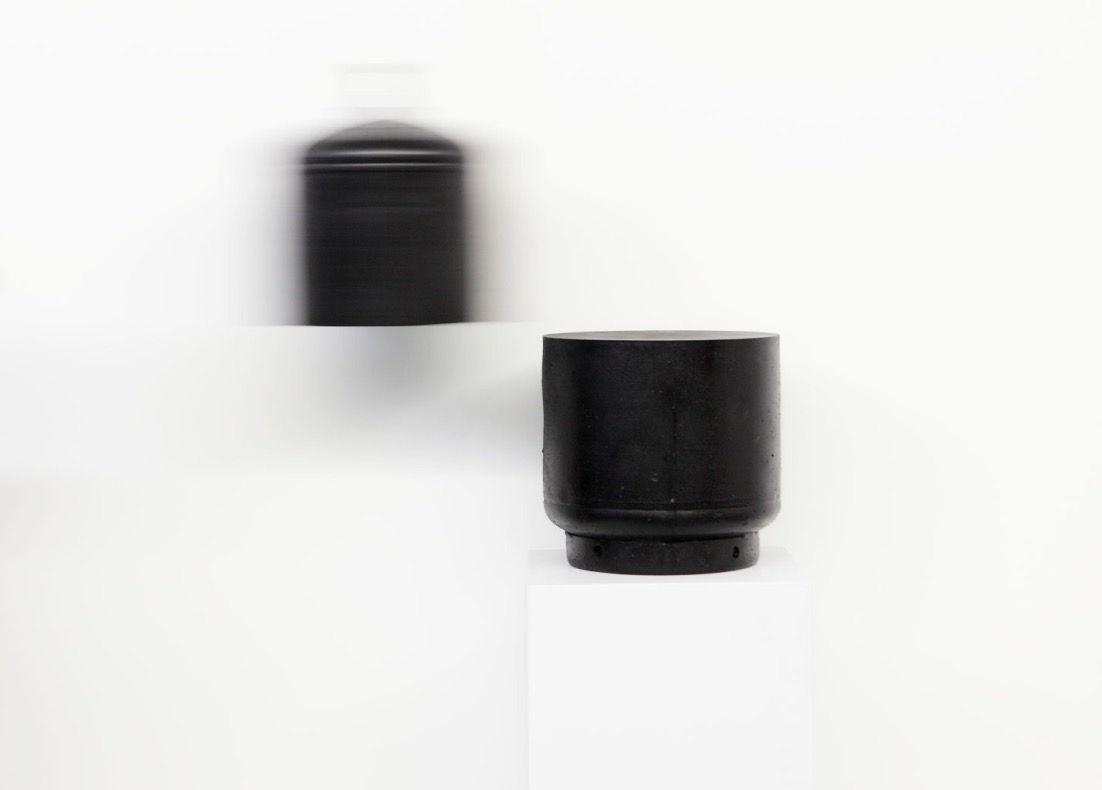
F.P.: What subjects do you deal with in your art?
P.P.: My research focuses attention on all those features that are dual and complementary at the same time. The opposites search continuous solutions to break demarcation lines, and flow into a visual fusion where different truth and infinite solution coexist.
The “TWO” impresses its presence everywhere, all the things appear to show themselves on a binary system, where a protagonist corresponds to an antagonist, a thesis to an antithesis: natural-unnatural,
concave-convex, black-white, full-empty, etc. But if you look at two attracting opposite magnets, you can understand that the idea of separation is incorrect, because when you divide something you are giving a partial vision of the whole.
Recently, I have been working on a project (born from Doppia Coppia ) that examines the horizon line, thinking of it as a potential unit of measure. It contains the concept of dichotomy, and summarizes the meaning of entirety and totality.
This line – which appears and disappears, sometimes remarking a fracture, sometimes camouflaging and dissolving into a monochrome – finds some sort of window you can lean to and reach unity.
So, the duality is seen as a unity, but above all the unity as a phenomenon of the entire creative process.

F.P.: Talk to us about the full/empty concept that you’ve dealt with some of your works.
P.P.: The full/empty concept is very close to sculpting, to the chance of taking the contents off, that is making space and looking for something in that same place.
In musical context, it could be the pause between two notes, or the blank space in/around black letters in writing.
“Empty” leads you to its complementary: “full”. These two entities are the dialectical weave that builds our reality, they are the components that decide the town planning, the elements that characterize every shape: it’s what oriental philosophy calls yin and yang. That is to say, empty is to be considered as a presence, not an absence.
F.P.: Can you tell us a little about your relationship with nature?
P.P.: Nature has made the top of perfection. It has created numbers, shapes, images, the concepts of beauty and death. It’s hard not to think of it as the strongest and the wisest reference point.
I have always been enchanted by observing nature: the hexagon of the bee hives, the slow movement of a growing leaf, the sound of a wave, that, exhausted after a long journey, dies on the beach.
I think that every work of mine derives from a thought about Nature (Untitled, Moon), sometimes using natural elements, such as in A01_24 and Fragile.
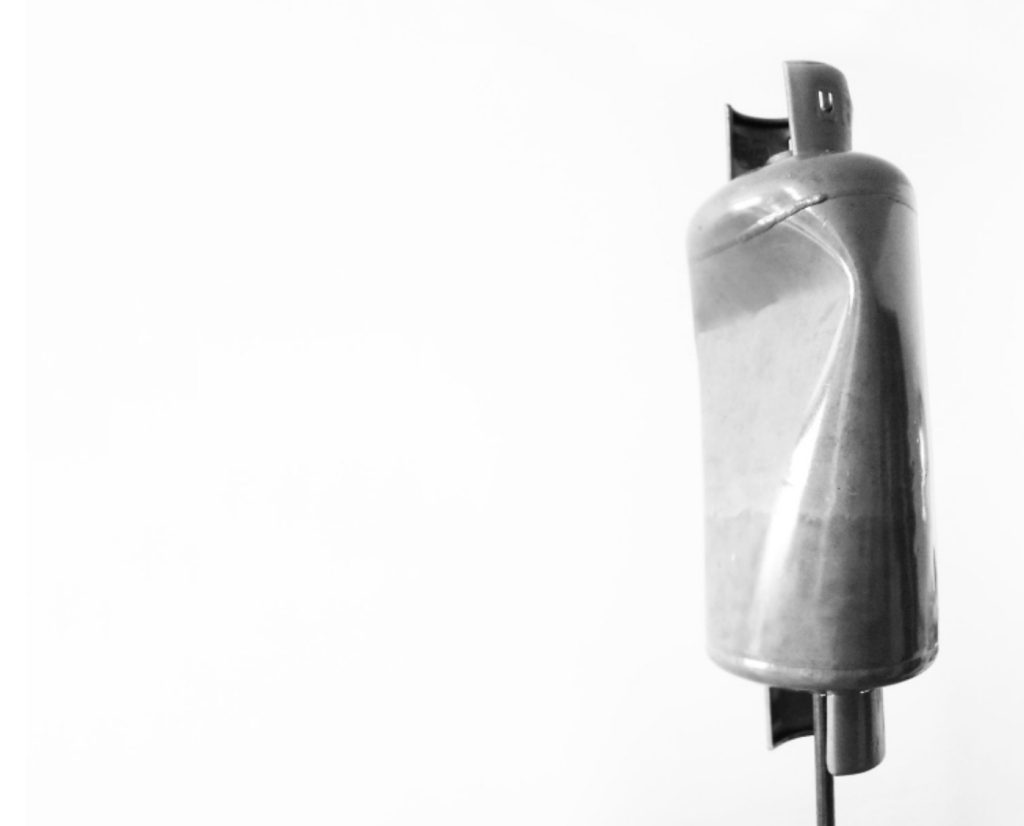
F.P.: Regarding Moon, could you tell us a little about it?
P.P.: In Untitled, I tried to underline the nonexistence of time, stating that the alternation of day and night is just a shadow effect among planets. Moon is something similar. It reflects again on misleading abilities that Nature gave us which we consider to be the single truth. We know the moon shines of reflected light, but we perceive the image of a shining disc; this truth is influenced by our point of view: if you look from the space,
even the Earth would shine of reflected light.
The first time I thought about Moon, I wanted to create a work which included such ambiguity, which included more than a meaning, which was word and image, image and object. During the last exhibition at Spazio Casabianca in Bologna, a kid approached asking me why I had divided my work in two parts, black and white. It was clear he couldn’t read English, his gaze went beyond lingual conventions, he did not recognize the word but he saw the image. This is the proof that the work did function.
F.P.: Can you briefly explain your process, how do you begin working on a new piece?
P.P.: I just couldn’t say when a piece of art comes out.I believe that in my case a process of metabolized experiences made of months – or even years – before, turned into images.
My work is made of collecting colours, smells, flavours, faces; it consists of being attentive to what happens to me or around me. Sometimes you are more receptive, more well-disposed to receive information you can work on.
I really do not follow an etiquette, I’d rather say the opposite: I like wait! I just wait! I can spend entire days in my studio creating nothing. It’s hard to explain even to myself, at times, but later you can see how those moments were necessary during the creation process.
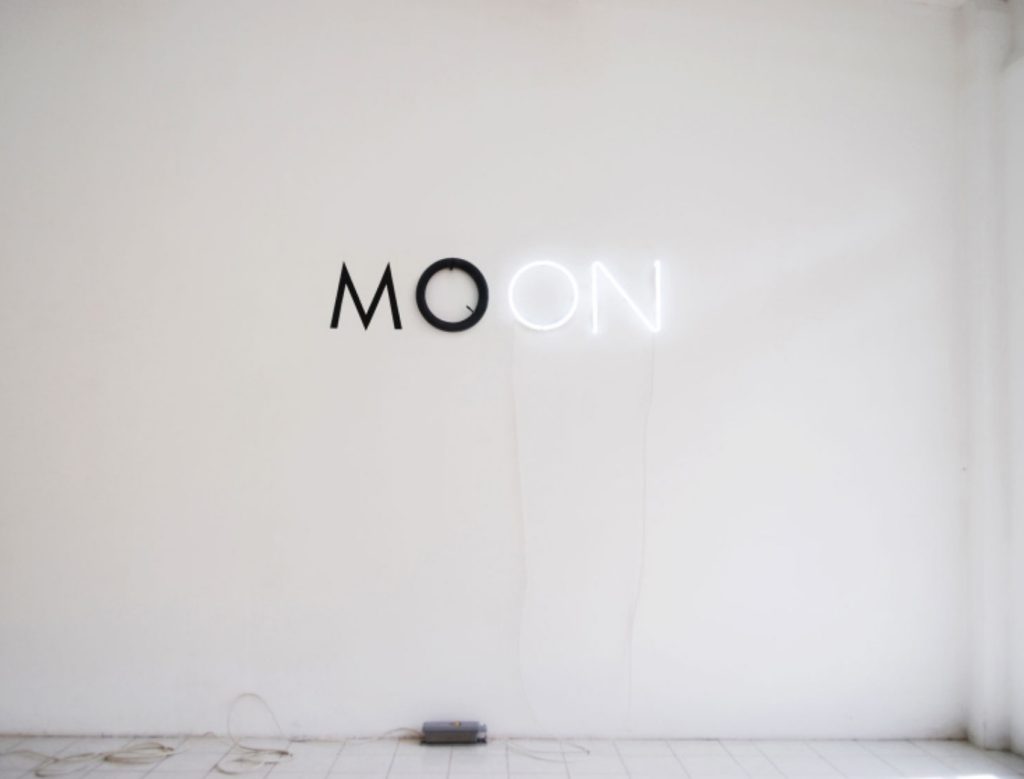
F.P.: In your Doll series, the “Matryoshka Dolls” are represented by a set of objects placed one inside
another, from which you tear and reassemble into new forms. Could you tell us something about the
concept of this art form? And what do you hope viewers of your work will take away from it?
P.P.: Doll is a project I really care about. It shows a kind of exploded architectural view, ready to reveal circumstances, images and tales that narrate themselves in a continuous catharsis.
In its stratification, Doll creates a relationship between a microcosm and a macrocosm: single in numerous, numerous into single. It invites us not to stop at the surface of things, but to observe reality as a whole, as an entirety, to examine all the space, where every single element is linked somehow to another one, in a mutual relation.
F.P.: What do you think is the role of contemporary artists in society?
P.P.: The artist has always been contemporary to his time, maybe a step forward: maybe never contemporary? Through his strong sensitivity (able to perceive the ultrasounds from the society he lives in), the artist continues to play the role of sentinel, promoter and educator. He can locate the alternative to methodical
behaviour and thanks to his work of art he makes you understand there is no absolute truth, but different possible ways you can pursue.


